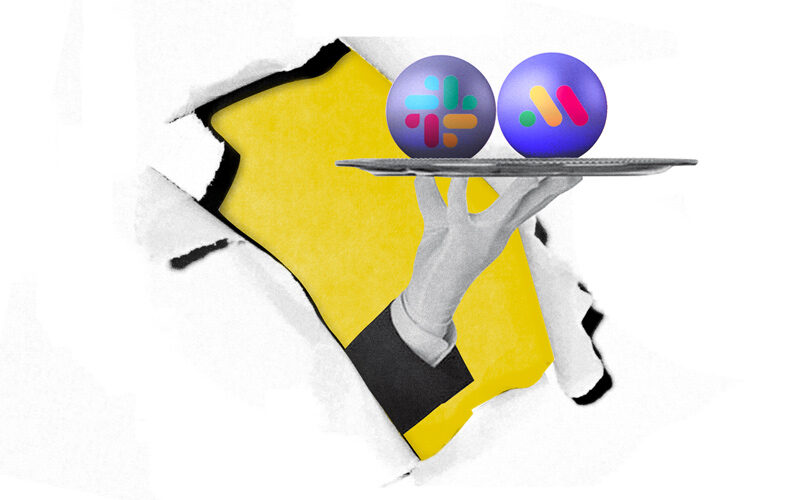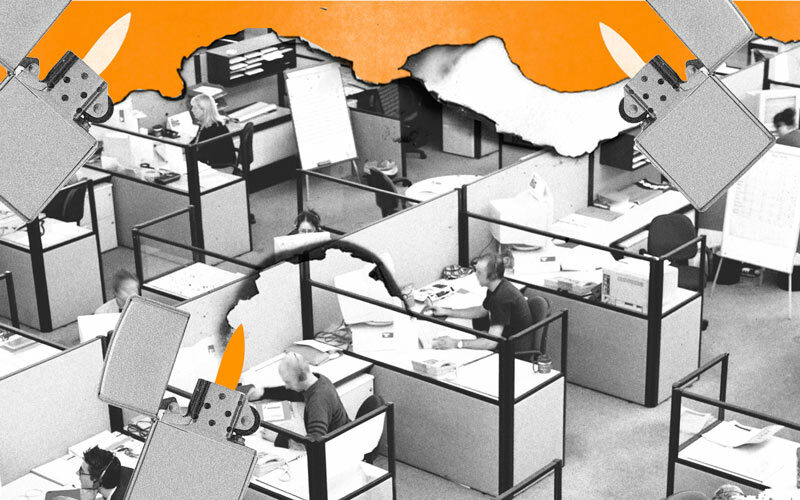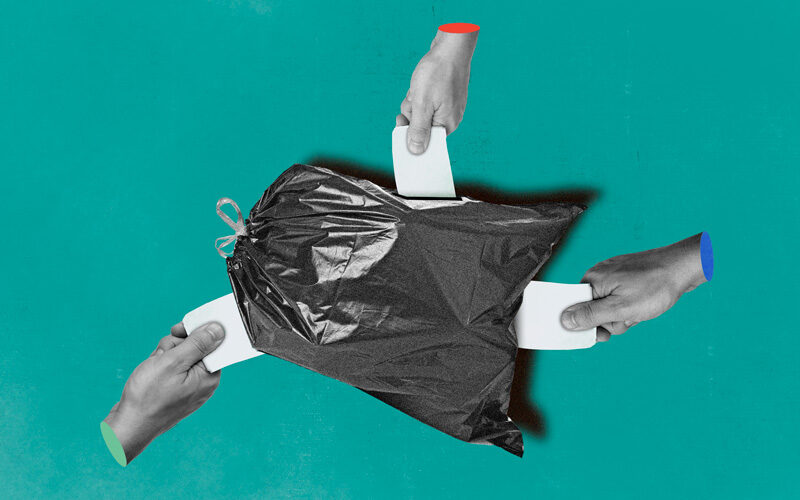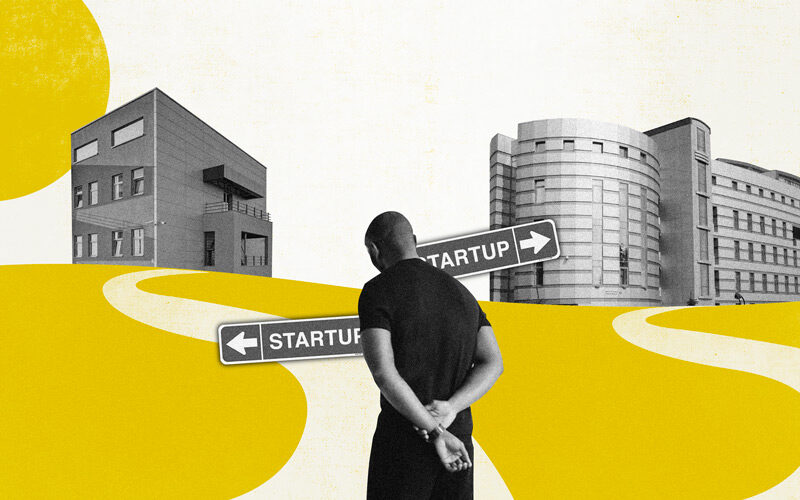Have you noticed how friendly your workplace software has become?
Notion greets you with a waving emoji and a useful guide in the morning. Slack signs off their wait screens with “– your friends at Slack”.
This is all thanks to the “consumerisation of enterprise”. In this phenomenon, businesses adopt “consumer-like solutions” for workplace use. In response, SaaS can go straight to the end user. It’s product-led growth – the SaaS literally sells itself.
Dropbox is the canonical example – going straight to the user to offer them free storage if they invite their colleagues.
In corporate spaces, “freemium” is the new “viral”. Initiative-taking employees can install chat or project management apps off their own back – no company credit card or accountant approval needed – and invite colleagues until the critical mass makes sense for the company to buy them.
Freemium solutions offer a lot of benefits for SaaS startups nudging their foot through the door. Thanks to the examples set by B2B SaaS freemium unicorns (there’s a mouthful) like Slack, Miro, Trello, and Twilio, freemium has become the go-to model (or Trojan horse, depending on how you look at it) for SaaS sales.
But what about the good old fashioned free trial?
A try-before-you-buy option is a no brainer for new, unproven B2B products. Whether you go for freemium or free trial depends on your business model, and your decision maker.
The freemium model
Pros:
- Freemium gives you time to grow towards critical mass, while you adopt a narrative of: “everyone else is joining, when will you?”
- People prefer to be invited by known contacts and colleagues then a SaaS salesperson
- People are more likely to share and recommend a product they can showcase
- It’s straight to end user, and if/when you do step in to sell, all leads are warm
- Delivers proof of concept that employees are a) willing to use the product and b) getting benefit from it
- No expenses on cold selling, marketing, or user acquisition – just rely on network growth
- You can harvest valuable data from your free users to improve your product.
Cons:
- Customers are not guaranteed to see or understand the benefits of upgrading
- You risk ending up with perfectly contented users on limited functionality, who never turn into paying customers
- There is no commitment from the customer, and no stickiness if they find another solution
- Limitations can piss people off, especially if you have to bring new ones in (i.e. you no longer have access to X”, “we are limiting your X”, etc).
You run into a problem when your freemium becomes your premium’s biggest competitor.
There has to be an incentive for teams to move on up, and it should be positive, not punitive (“get more X!”) not (“we’re taking away X”).
Freemium models can target all enterprise sizes. But you’ll likely find users with the freedom to experiment with their own software in startups and SMEs.
Adobe Sign/EchoSign cofounder Jason Lemkin talks about the golden age of freemium SaaS, pointing out “there is more competition in freemium than enterprise. Almost always. It’s OK. Because there are 28 million customers. Not just the 500 of the Fortune 500”.
It’s also okay to have weighted paying/non-paying customers. “Even if freemium is only 20% of your revenue, if it represents 2,000 customers that are happy, spreading the word, tweeting, telling their friends… this is powerful”.
Free trials
Pros:
- Free trials add that old-school sales trick of time limit pressure
- You might lose some customers who weren’t “ready”, but it’s good for sales cycles – at least you get your answer
- Users can test out the full range of your product before purchase, helping ensure satisfaction and avoid churn
Cons:
- Free trials are not free for you – there is the risk users will discontinue resulting in negative revenue
- You’re at the mercy of the “I only need this for a month anyway” crowd, and worse, the “I’ll just make multiple email addresses and make a new account every month” crowd
- You might ask for payment information upfront, which can act as a barrier to entry, or not ask for it, which can make it too easy for users to let the trial run out.
Most importantly, your sale relies on active user engagement both before and after the trial.
Unlike freemium models that rely on word of mouth, network effects, and critical mass, taster trials are most effective when closely managed by a dedicated sales team that knows how to follow up and convert. This means paying a sales team.
Free trials still have their place, especially when selling to incumbents. As for freemium, the model has been proven.
In Lemkin’s optimistic prediction, “this is and will be the golden age of freemium in SaaS. Just a few years ago, only a handful of applications could get to $100m+ in ARR via freemium and self-service. Now, likely, there will be 100 low-touch and freemium unicorns by 2025–2028”.
In short:
The more people your SaaS works for (chat service, project management, whiteboard tool) the more freemium makes sense.
The more niche or complex your product, or the more the choice is dictated by one decision maker, the more a free trial makes sense.











